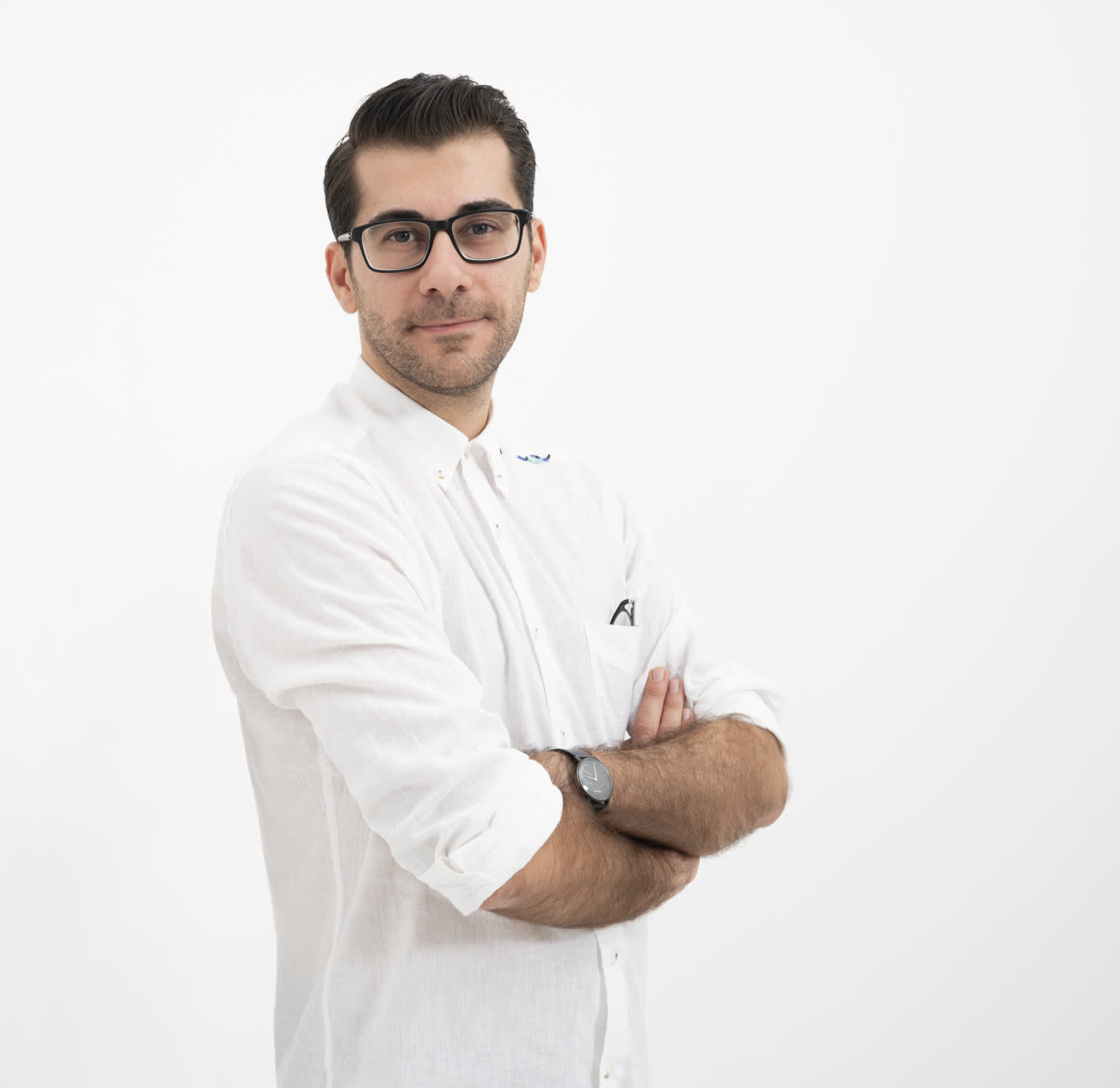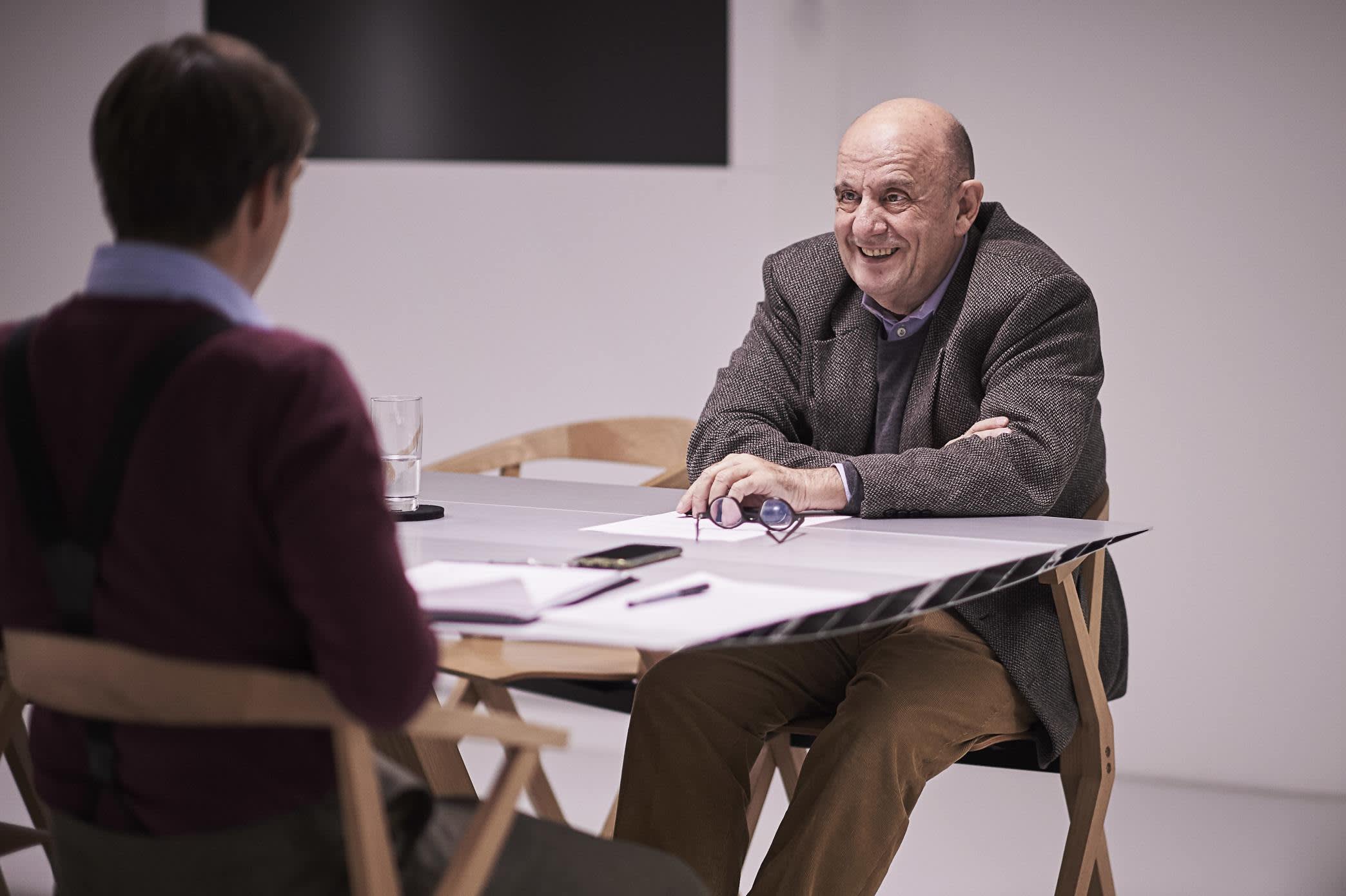Interview: What is 'Turkish Design' and how to make it in Turkey as a young Designer?
We are still in awe of the iF DESIGN STUDENT AWARD 2023 winner ceremony in Istanbul. The city, with its rich cultural – but also design – heritage inspired us to take a closer look at Turkey: We asked design strategist Onur Kocan about the true character of turkish design!

iF: For a start: Would you say there are certain characteristics in design from Turkey in contrast to other countries?
Onur: While designing their products, designers in Turkey are influenced by the culture of the country and the needs of the society in which they live. Particularly, they may encounter difficulties similar to those faced by designers in countries with similar criteria worldwide. For instance, when we examine the design from Mexica, we can observe its similarities with the design from Turkey. This similarity is likely a result of the cultural influence and the requirements of the people within that culture. Moreover, Turkish design also reflects similarities to leading design-centric nations, as it keeps up with design technology and current design trends. Many Turkish designers work in various countries around the world, contributing their unique perspectives to the local design culture while also adapting to the work culture of their new environments. This dynamic interaction creates a rich mosaic of design, where the shared characteristics form the foundation.

About Onur Kocan
Onur Kocan is researcher, entrepreneur, and design strategist with an anti-disciplinary approach to solving complex challenges. He uses design to transform the way people think, live, and feel. His background is in industrial design, strategy, product, brand, and organizational management. Currently, he works at the intersection of research, design, and policy. He is founder and manager of iF DESIGN AWARD 2023 winner Studio Karun for various industries, NGOs, start-ups, foundations, local governments, and national government-ranked projects.
iF: Would you say there is something like “Turkish Design”? As there is “German Design” or “U.S Design?” Maybe there are some disciplines, like (interior) architecture or UX, where these regional differences apply.
Onur: I believe that Turkish design exists, as every country possesses its own unique designs and identity. This identity emerges in response to the influence of traditions, culture, and the needs of the people living within that specific geographical context. If we were talking in the 19th century, we can call it Moorish. Turkish design was the Moorish style, also known as Turkish style, which refers to a fashion of furniture and decorative design influenced by Middle Eastern styles. This style thrived from the latter half of the 19th century until the late 1920s. Today, there are numerous products specifically designed to meet the needs of Turkish society, such as the iconic teapot and the delightful Turkish delight, which delight can be considered examples of food design.
Another example that highlights the presence and success of Turkish design is from 2014. It involves a US beverage company marketing and selling glasses online, which were essentially the same as the traditional "thin waist" glasses produced in Anatolia. These glasses were marketed as the "perfect whiskey glass." This news serves as proof of Turkish design's existence and its ability to resonate with a global audience. Consequently, there are distinctive characteristics that define Turkish design.
iF: What role does tradition play?
Onur: Traditions are cultural mechanisms that serve to preserve values and the identity of a community. They provide a foundation for doing or making things in a particular way based on longstanding practices. This mechanism not only safeguards cultural values but also fosters collaboration and strengthens community bonds. Craftsmanship, in particular, arises from this philosophy and has played a significant role in shaping the field of design. Tradition acts as a nurturing force for crafts, allowing them to responsively meet sustainable needs. Turkey, with its strong advocacy for craft culture, stands as one of the countries where this tradition is highly esteemed. Therefore, there is every reason to believe that Turkey can achieve success in design. Tradition acts as a catalyst that supports the design, particularly in phases such as idea development and production. It also influences designers themselves, as it dictates the materials, colors, and shapes used in products and environments.
3 Tips for young designers who want to make it in Turkey
1. Build a network: "For young designers beginning their careers in Turkey, I recommend joining design communities and gaining an understanding of the dynamics and design culture within the country. Design-related institutions and non-governmental organizations can be helpful in this regard."
2. Know the most successful disciplines: "It is also important for them to grasp the positions of popular design disciplines in Turkey and develop both short-term and long-term career plans. Disciplines like UX, which are popular in the country, often yield successful results."
3. Look for social impact: Given Turkey's potential for social innovation projects, young designers can find significant opportunities in projects that have a social impact, such as service design.

Onur Kocan's iF DESIGN AWARD 2023 winner Pundit
Pundit is an information verification service. Experts and professionals are the best sources to validate information using an evidence-based approach. Pundit verifies the information on social media platforms using the inputs given by experts and influencers. Pundit helps users save that time by collecting verified opinions from popular influencers in the chosen space.
iF: How would you describe the design scene in Turkey?
Onur: We can observe that the design scene in Turkey has prominently focused on UX design and industrial design, which have gained popularity worldwide in recent years. I anticipate that service design will follow suit in the upcoming years. The design has become prevalent across various industries, reflecting its growing importance. As Turkey is a rapidly evolving country that embraces innovation, it is poised to adopt new design trends. The Turkish market holds significant potential, despite the limited opportunities available. The design scene strives to establish its presence within this expansive landscape. The design industry has a direct correlation with the national economy, highlighting the need for policies that support design, similar to countries like Germany, Japan, or Sweden. Consequently, we can witness intense competition among designers in Turkey due to the scarcity of opportunities. However, competitions often serve as stepping stones to success.
Selection of iF DESIGN AWARD 2023 winners from Turkey

Want to read more about Turkish design?
Interview with Engin Akbaba from Karaca
Karaca from Turkey is specialized in fine tableware. Since 2023 they are also a proud sponsor of the iF DESIGN STUDENT AWARD! We talked to Karaca's product design manager Engin Akbaba.


